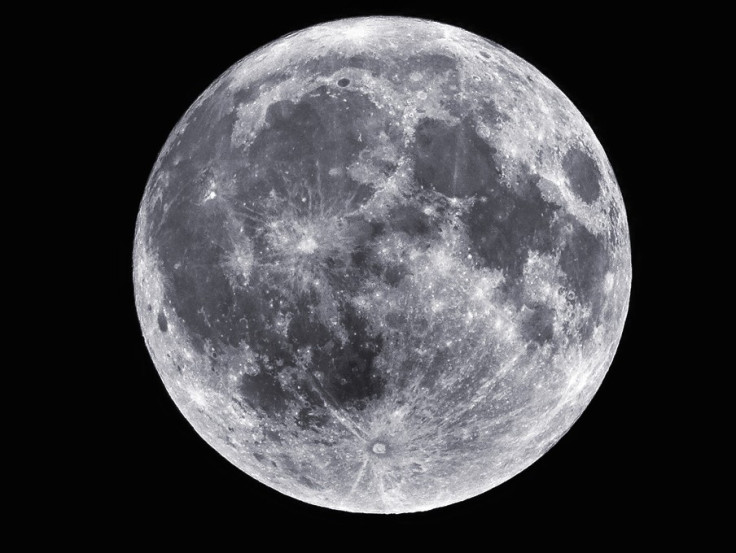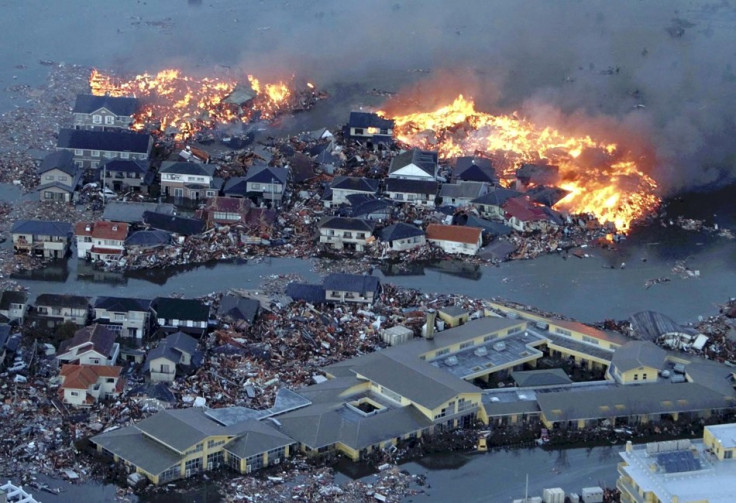Supermoon Could Trigger Global Disasters, Say Astrologers

The next supermoon will arrive on 22 June and has the potential to cause "massive damage" to Earth through tidal waves, volcanic eruptions and earthquakes.
A supermoon occurs when a full moon coincides with it being at its closest point to Earth.
According to spiritual community website Oranum, astrologers believe supermoons are capable of triggering natural disasters across the globe.
"Some of the biggest natural disasters in recent history have taken place during supermoons, such as the 2011 Japanese Earthquake, the 2005 Indonesian Tsunami and the 1992 and 1993 Midwest floods, superstorm and blizzard," the company said.
"When there is a supermoon, the tidal force is stronger. This supermoon will bring the highest and lowest tides of the year. These are known as spring tides and they climb up especially high, then plunge lower than usual.
"If you live along a coastline, watch out for high tides during the supermoon. These high tides are unlikely to cause flooding, unless there is a strong weather system around the coastline."
James Garvin, chief scientist at Nasa's Goddard Space Flight Centre, explained that a supermoon is when the moon is slightly closer to earth than normal.
It will appear to be around 13% bigger than normal and 30% brighter, but Garvin said its distance from Earth was "only a few percent". "The 'super' in supermoon is really just the appearance of being closer," he said.

A number of natural disasters have been attributed to supermoons, however. Both the Japanese earthquake and tsunami from 2011 and the 2004 tsunami in Indonesia hit in the weeks prior to a supermoon.
Other events linked to the lunar orbit include cyclone Katrina and the 1992 earthquake in Turkey.
Scientists have largely debunked this theory, although Garvin conceded there were "minor" effects.
"According to the most detailed studies by terrestrial seismologists and volcanologists, the combination of the moon being at its closest to Earth in its orbit, and being in its 'full moon' configuration (relative to the Earth and sun), should not affect the internal energy balance of the Earth since there are lunar tides every day.
"The Earth has stored a tremendous amount of internal energy within its thin outer shell or crust, and the small differences in the tidal forces exerted by the moon (and sun) are not enough to fundamentally overcome the much larger forces within the planet due to convection.
"Nonetheless, these supermoon times remind us of the effect of our 'Africa-sized' nearest neighbour on our lives, affecting ocean tides and contributing to many cultural aspects of our lives."
© Copyright IBTimes 2025. All rights reserved.




















